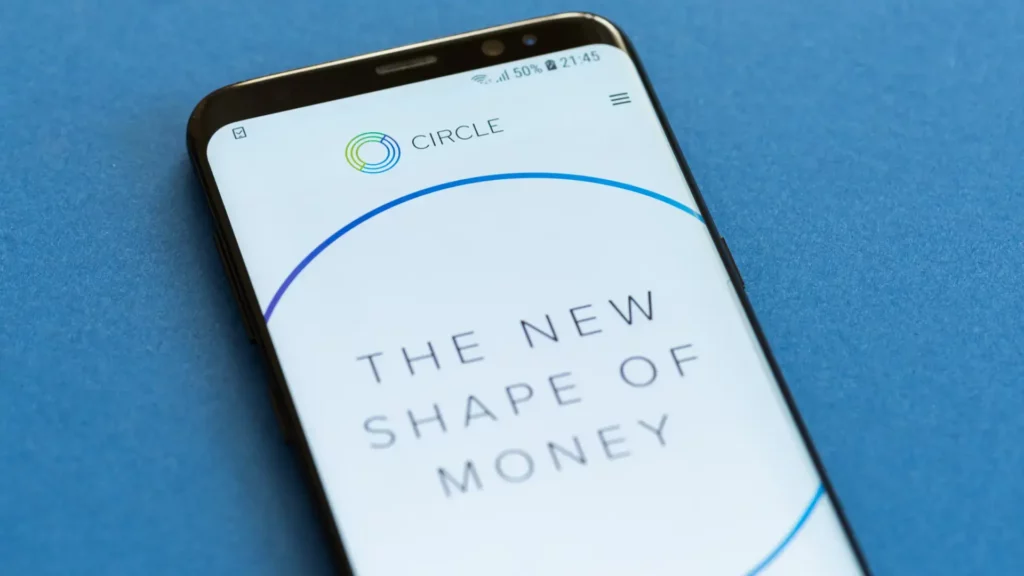Circle vs. Tether: Why is USDC Not More Under the Microscope for Illicit Funds?

USDC does not face the same scrutiny as Tether and USDT
- The crypto community questioned the Treasury’s emphasis on Tether, advocating for a probe into Circle’s management of illicit funds.
- JPMorgan recently emphasized the capacity of the Treasury’s Office of Foreign Assets Control (OFAC) to govern Tether.
- With billions in market cap, Tether and Circle are at the forefront of stablecoin adoption.
The crypto community spotlights the US Treasury’s attention on Tether over Circle. The comments come after Circle went after the USD-pegged stablecoin competitor in Congress.
In response, many crypto community members advocated for a closer examination of Circle’s management of illicit funds.
Recently, JPMorgan analysts suggested how the US can influence Tether through OFAC, despite its non-US status after the agency successfully sanctioned Tornado Cash mixer.
Tether and Circle, with their billion-dollar assets, are at the forefront of stablecoin adoption. But Tether has found itself in the spotlight in regulatory compliance. Concerns erupt about how top issuers handle illicit funds and if more oversight mechanisms have to be put in place.
The Regulatory Spotlight on Tether
Caroline Hill, the Director for Global Policy and Regulatory Strategy at Circle, recently told the Congress that the regulatory authorities should utilize their powers effectively.
Hill said, “I personally believe that no company should be allowed to reference the US dollar without having those democratic values inside the company, inside their US dollar-backed stablecoin.”
Pointing to Tether, Hill also referenced the top stablecoin’s reputation around terrorist financing in her testimony.
The implication was clear: companies using the U.S. dollar to back their stablecoins must have robust anti-money laundering (AML) compliance programs.
Stablecoin Control Around Illegal Activity
Coinbase’s Grant Rabenn also reportedly took a jibe at Tether in front of the lawmakers. He said, “Some digital asset companies have a public track record of proclaiming themselves above AML CFT regulation, even if issuing a US dollar-backed token.”
JPMorgan analysts, recently referenced by media reports, highlighted Tether’s dependence on the American market. It suggests USDT’s vulnerability to the regulatory scope of the Office of Foreign Assets Control (OFAC). The analysts noted that regulators could leverage OFAC to influence Tether.
But is it a situation that could extend to Circle as well? Considering all stablecoin issuers must ensure compliance with sanctions and anti-money laundering (AML) regulations.
Last year, Circle denied claims of illicit activities or associations with Tron founder Justin Sun. Circle asserted that the company does not engage or support, or provide financial services to illicit actors, in an open letter to Senators Sherrod Brown and Elizabeth Warren.
In response to Hill, crypto scam investigator ZachXBT called for an investigation on Circle. Zach said, “Treasury department should investigate Circle for all of the times they did not blacklist illicit funds when they had ample time instead of larping as the compliant centralized stablecoin.”
Stablecoins Compliance Remains a Tipping Point
The discourse around stablecoin regulation has become more than compliance. It now includes discussions on credibility and stability after the TerraUSD collapse.
Tether (USDT) is the leading stablecoin, followed by Circle’s USDC, when it comes to market capitalization. Both reflect significant market activity and adoption in the digital economy. As Tether and Circle dominate the stablecoin market, how they manage sanctions will push for transparency and accountability to maintain investor trust.